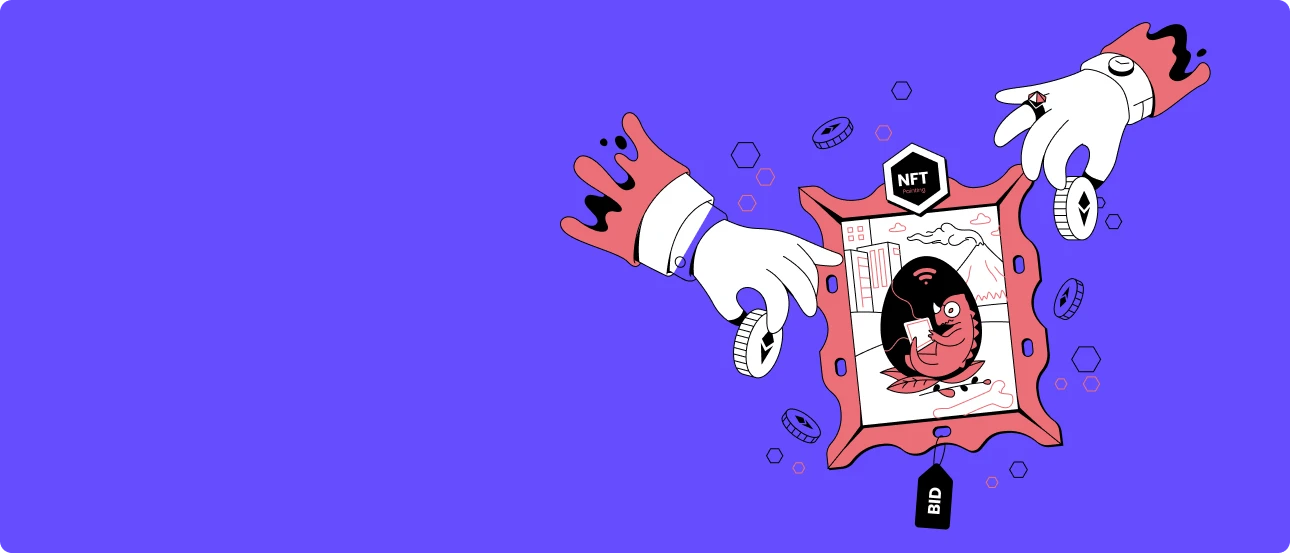Definition
A Bitcoin halving occurs roughly every 4 years and is when the reward for mining Bitcoin, (and thus the supply of newly produced Bitcoins entering circulation) is cut in half.
Understanding Bitcoin Halvings
Bitcoin halvings are an event that pseudonymous creator of Bitcoin, Satoshi Nakamoto, built into the system to give Bitcoin the unique properties which makes it valuable in a way that normal fiat currency is not.
In a nutshell, Bitcoin’s network is kept secure by Bitcoin miners who validate transactions and store them in ‘blocks’ in order to earn a ‘block reward’ in the form of Bitcoin (aka Bitcoin mining).
After every 210,000 blocks of transactions are mined, or roughly every four years, the block reward given to Bitcoin miners for validating transactions is cut it half, which:
- Halves the rate at which new Bitcoin is released into circulation, limiting its supply (of which there will only ever be 21 million in existence, unlike fiat currency which is infinite)
- Combats inflation, theoretically making the value of Bitcoin rise over time (also unlike fiat, which decreases in value due to rising prices of goods & services and money being constantly printed to keep up)
Isn’t this bad for miners?
But you might ask, isn’t this unfair to the miners? Aren’t they still working hard to process transactions and now only getting paid half of what they used to? Not exactly.
As each Bitcoin halving event reduces Bitcoin’s supply, historically this has led to a significant price increase in the value of Bitcoin, which is why Bitcoin halvings are commonly associated with the price of Bitcoin surging to dizzying new heights. When supply is diminished and demand stays the same or rises, the value of an asset will also rise, especially for a finite asset like Bitcoin.
The halvings
Since Bitcoin’s launch in 2009, there have been four halving events, each reducing the block reward miners receive for securing the network.
- In 2012, it halved to 25 BTC per block.
- In 2016, it halved again to 12.5 BTC per block.
- In May 2020, it halved to 6.25 BTC per block.
- In April 2024, it halved to 3.125 BTC per block.
The fifth halving is expected to take place around 2028, further reducing the block reward to 1.5625 BTC per block.
Digital Gold
Bitcoin is designed to mimic scarce commodities like gold, which have maintained their value as a store of wealth and medium of exchange for thousands of years. Its fixed supply ensures it cannot be inflated like traditional fiat currencies.
If new Bitcoins were created too quickly, the supply would dilute, leading to lower value—much like printing more money devalues a currency. Bitcoin avoids this problem through its controlled issuance and fixed supply cap.
Unlike fiat currencies such as USD, GBP, and AUD, which are inflationary, Bitcoin is deflationary by design. With a maximum supply of 21 million BTC, Bitcoin’s scarcity plays a crucial role in its perceived value and long-term demand.
As of 2025, over 19.8 million BTC are in circulation, leaving fewer than 1.2 million BTC to be mined before the final Bitcoin is released around 2140.
For miners, even though block rewards decrease with each halving, Bitcoin’s value has historically increased over time, making it worthwhile to continue securing the network.
The relationship between halvings and Bitcoin’s price
WWhile Bitcoin’s price is influenced by many factors, historical trends show that halving events have often preceded major bull runs, pushing Bitcoin to new all-time highs.
- First halving (2012): Bitcoin traded around $11 at the time of the halving and surged to $1,100 by the following year.
- Second halving (2016): Bitcoin hovered between $500–$1,000 before rallying to $20,000 in late 2017.
- Third halving (2020): Bitcoin was around $9,000 at the time of the halving and hit an all-time high of about $65,000 in late 21.
- Fourth halving (2024): Bitcoin was trading around $40,000–$50,000 before the event, and many speculated on potential post-halving price movements.
Now that the 2024 halving has passed, Bitcoin’s price action will be closely watched to see if historical trends continue. While past performance suggests a correlation between halvings and bull runs, Bitcoin’s price is influenced by macroeconomic conditions, institutional adoption, and overall market sentiment.
What happens when all 21 million Bitcoins have been mined?
Good question. Well, the final Bitcoin halving, which will finish its 21 million supply, is set to occur in 2140. After this, no block rewards will remain so miners will be rewarded with fees from people using the network.
The competition to earn these fees is designed to continue incentivising miners to keep processing transactions and maintaining the network – who knows, maybe Bitcoin will be worth enough for this to still be lucrative?
Key Takeaways
- Bitcoin’s network is kept secure by Bitcoin miners who earn a Bitcoin reward for validating transactions.
- A Bitcoin halving is when the reward for mining Bitcoin is cut in half. It occurs roughly every four years.
- Bitcoin halvings combat inflation and give Bitcoin the unique properties to be deflationary instead of inflationary like fiat currency.
- Bitcoin halvings are commonly associated with a massive surge in the price of Bitcoin and a subsequent crypto bull market.
- There have been 4 halvings so far and the next halving is predicted to take place in 2028.
- Bitcoin has a maximum supply (like gold) of 21 million, all of which will be mined by 2140.





